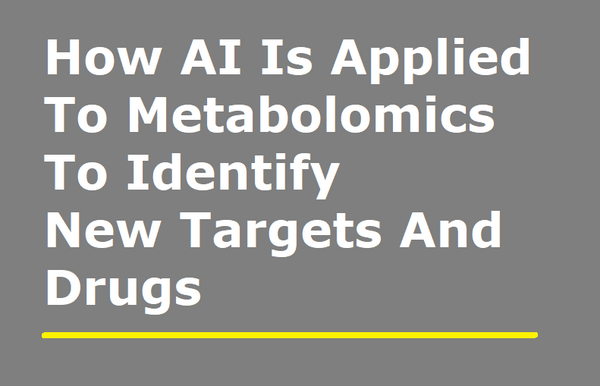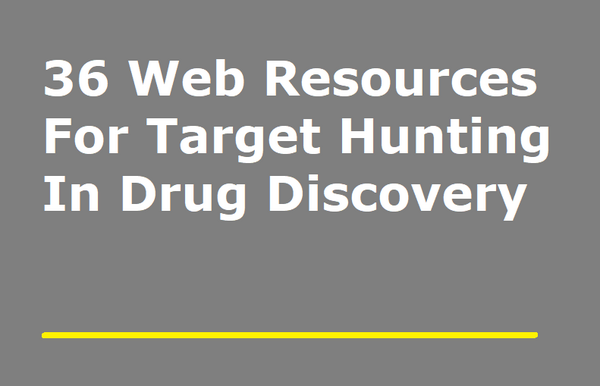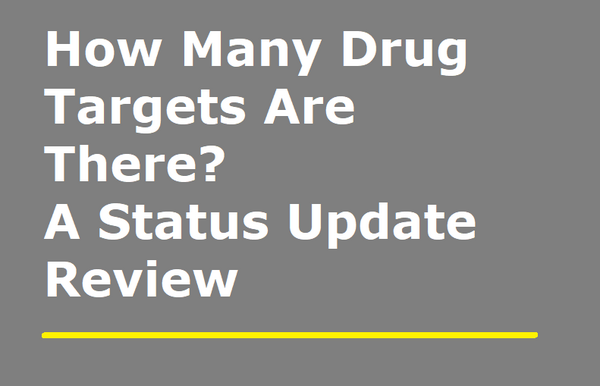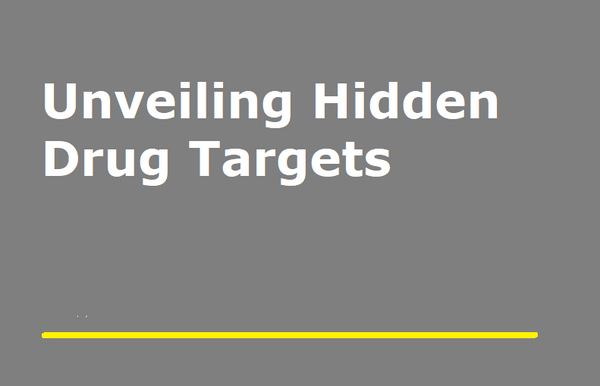Hunting Dark Genes For Druggable Targets
About one in three human proteins is understudied. Even when quantifying data is available from multiple sources, "dark" genes and proteins are simply not well characterized (Figure 1).
There may be multiple reasons why dark genes are ignored, although the literature isn't always in agreement with data availability.
Are you curious where dark gene hunting leads? There are a number of resources:
- The Illuminating the Druggable Genome Consortium
- ... the related Pharos portal
- ... our collection of drugs, targets and medical applications, DrugCentral
- ... and the associated NIH Common Fund IDG webpage (with links to past and current funding opportunities)
- The OpenTargets partnership
- ... the related OpenTargets Portal
- The Monarch Initiative
- The International Mouse Phenotype Consortium
- The Harmonizome and ChEA3
The development of pharmacological tools to probe the human proteome by 2035 is on its way. And some dark genes could play a role in precision medicine as well, along with other techniques. Of course, what makes a good drug target remains a matter of perspective.
To paraphrase Bengt Åblad, who led the discovery of metoprolol and felodipine (among other drugs), Go find a new drug target today!
 Figure 1: SimpleDAS (simple data availability score) counts the association between a protein and 18 data types: publications and patents, gene and protein expression data, availability of 3D structures from X-ray, mouse phenotype associations and GWAS, protein-disease information as well as chemical bioactivity and drug data. Adapted from prior work.
Figure 1: SimpleDAS (simple data availability score) counts the association between a protein and 18 data types: publications and patents, gene and protein expression data, availability of 3D structures from X-ray, mouse phenotype associations and GWAS, protein-disease information as well as chemical bioactivity and drug data. Adapted from prior work.
Topics: Tools & Methods



